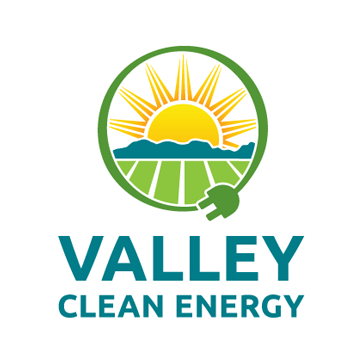PANELES SOLARES
Convierta la luz solar en electricidad para reducir drásticamente los costos de energía y reducir las emisiones de carbono.
VENTANAS DE DOBLE PANEL DE BAJA EMISIÓN
Reduzca la pérdida de calor durante el invierno y el aumento de calor durante el verano con ventanas de alta eficiencia.
TERMOSTATOS INTELIGENTES / PROGRAMABLES
Controle automáticamente la temperatura del hogar para optimizar el confort y el ahorro.
ELECTRODOMÉSTICOS DE ALTA EFICIENCIA
La cocina por inducción y los electrodomésticos Energy Star reducen el uso y los costos de energía. Las duchas e inodoros de bajo flujo ahorran agua y costos de agua caliente.
CALIFACCIÓN Y REFRIGERACIÓN DE ALTA EFICIENCIA
Los sistemas eléctricos de calefacción y refrigeración más eficientes y el sellado de conductos pueden ahorrar energía, mejorar el confort y reducir las emisiones.
Sellado de Aire y Aislamiento
Su hogar permanecerá más cálido en el invierno y más fresco en el verano con el ático, el techo y las paredes debidamente aislados.
ILUMINACIÓN DE ALTA EFICIENCIA (LEDs)
Los LED duran mucho más, ahorrando energía y costos.
MEJORAS AGRUPADAS DE EFICIENCIA ENERGÉTICA
Agrupe varias medidas para ahorrar aún más.
CALENTAMIENTO DE AGUA DE ALTA EFICIENCIA
Considere la bomba de calor o los calentadores de agua sin tanque.
VEHÍCULOS ELÉCTRICOS
Ahorre en costos de combustible y mantenimiento y reduzca las emisiones de gases de efecto invernadero cuando cargue su automóvil con electricidad.



